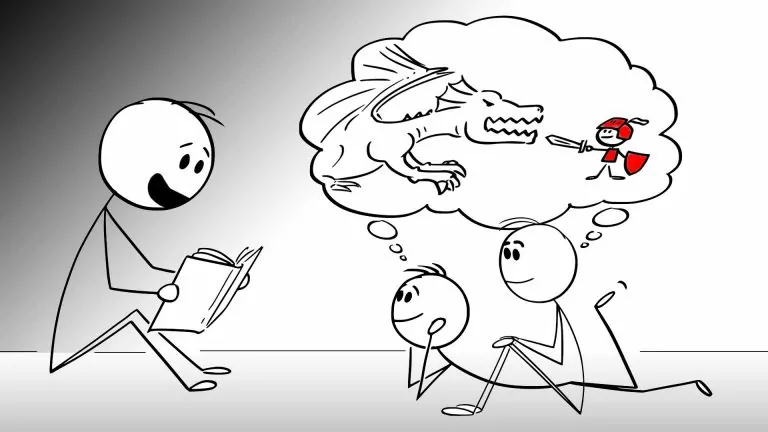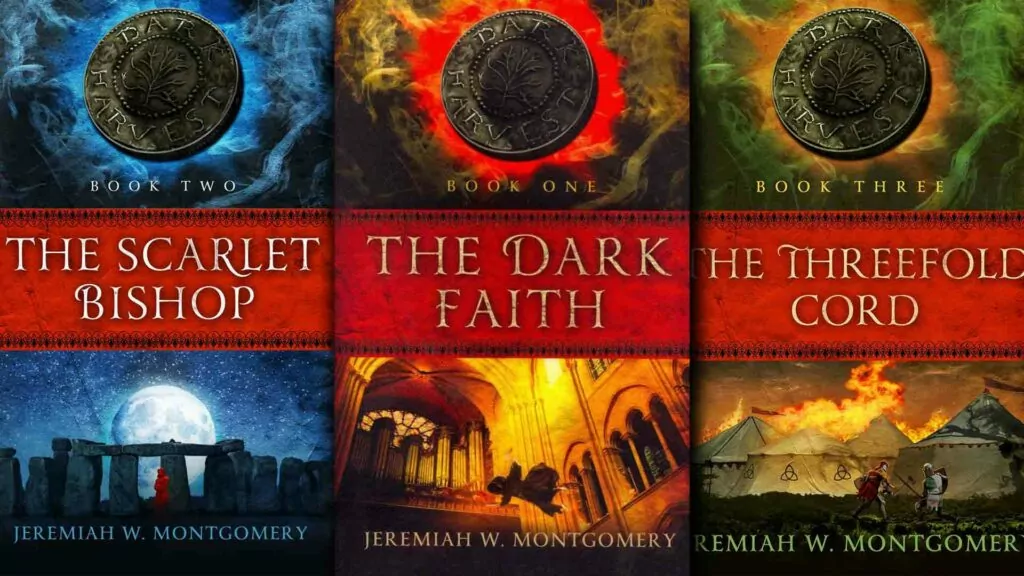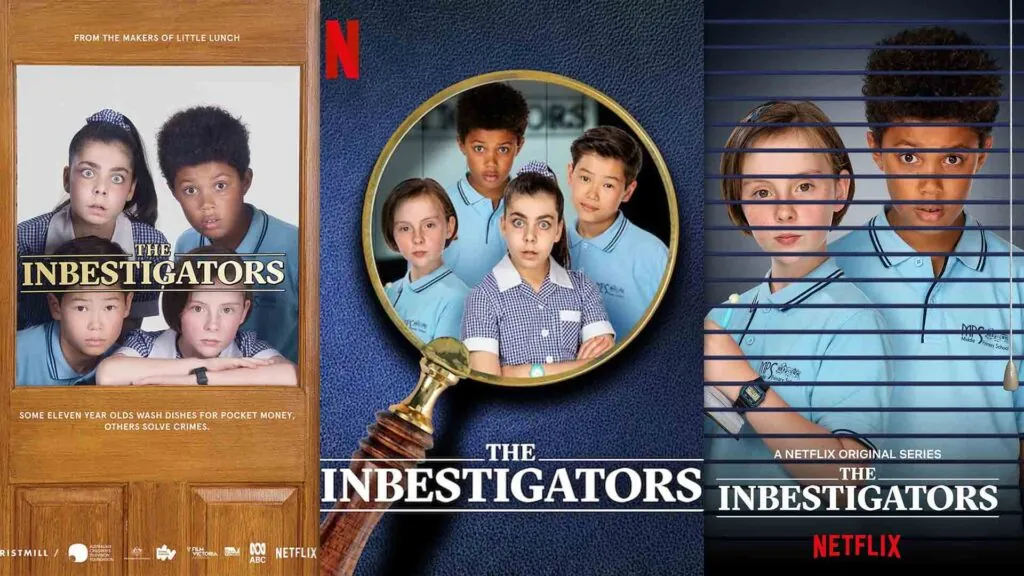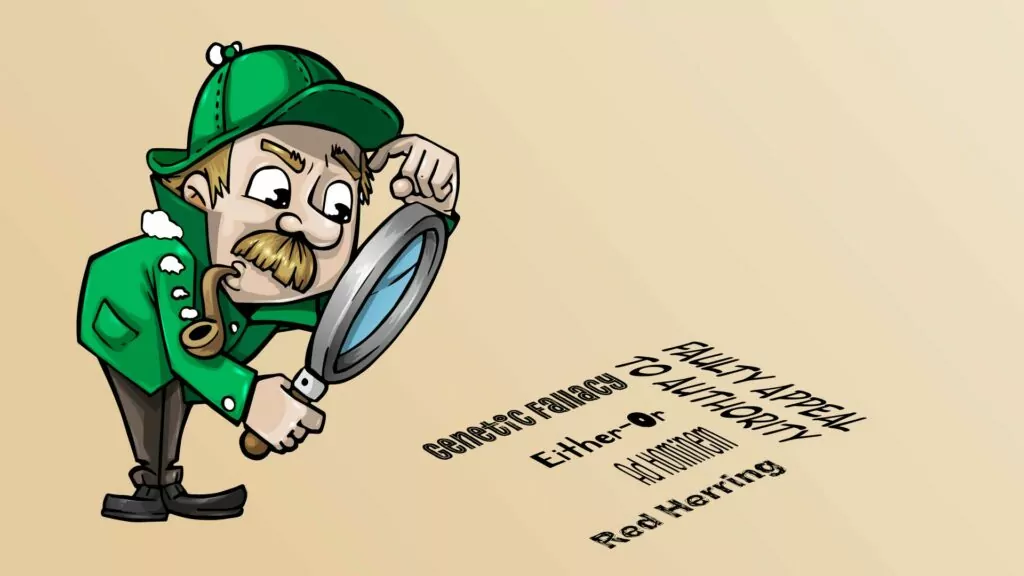Parents read to their pre-school kids on a pretty regular basis – it’s a great way to snuggle up for some one-on-one time with mom or dad. But once school starts, and especially after Grade One, those times reading together begin to peter out. It might be because your little one isn’t asking you as often, or maybe it’s because you’ve stopped suggesting it. After all, why would you keep on reading together when Junior is ready and rarin’ to read on his own?
Well, before you close the book on that part of your life, here are a few reasons why you’ll want to keep on reading with your kids for as long as you can.
1. It’ll keep them interested in reading
A First Grader is going to be excited to read about how “Ike and Mike both got a bike.” But it won’t be long before they start noticing there’s something missing here. Ike and Mike are fine fellows, but there’s no real tension, no suspense, no conflict to overcome in their story. So if all your child gets to hear are Cat in the Hat and books like that – only the stories that he’s able to read on his own – it’ll be no wonder if he gets bored with books. There’s no payoff: the reading takes lots of effort, and the reward is a downright boring story.
But if mom is still snuggling up with them on the couch to tackle In Grandma’s Attic, or dad is sharing his favorite Piet Prins book at night, then your young reader can still grow in his love for great stories, even as he might be a few years from tackling these bigger books on his own. We parents can whet their appetite for the future, by feeding our kids great books now. One reason to keep reading to your children even after Grade One is to show them what there is to look forward to.
2. It’s a way to shape their tastes
Just as many kids prefer candy to vegetables, their literary tastes would gravitate to empty calories like Captain Underpants and Magic Kittens if it were only up to them. You can impact what they read by going on library runs with (or without) them, or by developing a decent home library. But even when you’re picking out the selections, you’re likely to find them heading straight to whichever of those books are the most candy-like. So another way you can help them develop a taste for more substantial, meatier fare is by reading it to them yourself.
We’ve been doing a bedtime story for almost ten years now, and while we’ve read lots of their requests – I don’t know how many times I’ve tackled Elephant & Piggy, Fancy Nancy, and the Little Critter series – we’ve also fed them the Chronicles of Narnia, Winnie the Pooh, and The Big Goose and the Little White Duck, none of which they would have picked up on their own.
I’ve done most of the bedtime reading, but my wife will read when I have meetings, or have to catch up on some work in the evenings. That has allowed both of us to share our own favorites. So my wife likes Little House on the Prairie and I like great Christian fantasy like Jonathan Rogers’ The Wilderking Trilogy, and between the two of us, we now have girls who like both.
3. It’s a time to connect
Reading together is about more than just words on paper; it’s a time to connect, maybe cuddle side by side on the couch, and just spend time together. That’s one reason why many a kid will keep asking, “Can you read this mom?” even after they can tackle a book on their own.
I sometimes find life is just too busy, with many evenings filled with work. But because we’ve made a commitment to always end our day with story time, that means that, at the very least, I have this time to talk with my girls. We end the days with prayers, and then a story. With the story comes questions (not too many, but there’s always time for a good one), and that’s when I get the best measure of how my girls are doing. My wife is with them more than I am, so she can get the measure of things other ways too. But for me, this nightly ritual is a time for me to not only read, but hear, and help.
4. It’s a way to learn from other’s lives
Our kids can learn from us, and whereas we’d like them to learn from our example, we can also pass along the hard-won lessons we’ve learned from our own mistakes. But their lessons don’t need to stop with just us – they can learn from fictional lives too.
They will need some parental guidance to get the benefit, otherwise our elementary-age kids could miss the point of a story entirely, or even learn the wrong lesson. That’s because some of them are reading too fast to really chew on anything, but when dad is reading and they are forced to slow down to his speed, they really start hearing the story. Other kids might miss the lesson because they didn’t understand parts. It’s only when mom is reading, and they have her there to ask their questions, that they can figure out what’s going on.
We can also help them understand by asking our own questions. Something as simple as The Three Little Pigs can be fodder for a great discussion if parents ask their kids to pause and consider: “What do you think this story is trying to tell us?” We can even “riff” off of what’s on the page, asking questions that might not even have clear answers in the story like: “Do you think it was just luck that Pig 3 got the strongest building material? Or was he looking for something like that?”
When parents read, that makes it possible to go beyond picture books and on to bigger books and their deeper lessons. One example is Sigmund Brouwer’s Innocent Heroes, about the many animals that helped the Allied soldiers in World War I. Each chapter “stars” a different animal, but the deeper story is about the Canadian soldiers that cared for them. When the group’s one native soldier returns home to his reserve we learn that Canadian natives at this time weren’t allowed to leave the reserve without getting approval from the local Indian agent. So my girls were angry that this returning soldier was getting treated as a second-class citizen, even after fighting for his country. That was a great opportunity for me to talk not simply about racism, but also about governmental paternalism, and ways to (and ways not to) stick up for your friends. I don’t know when I would have discussed these topics with my girls if not for us all reading this rich book together.
Of course, not every book has to lead to a long discussion (especially if you’re reading to them for bedtime and actually need them to go to sleep). Kids will benefit from and be inspired by the determination and Christian faith of a Robinson Crusoe. In Grandma’s Attic offers all sorts of lessons, but the biggest is simply that some older people, like grandmas, are wise, so it’s smart to listen to them. The lessons learned don’t have to be complicated to be good.
Sometimes I vary how deep we’re going to go by how tuckered I might be feeling. If I were reading Anne DeVries’ fantastic Journey Through the Night series about the Dutch Resistance in World War II, I might limit my commentary to highlighting that this was ordinary people doing these extraordinary things. I’d want my girls to understand that their courageous example is the type of courage God calls all his people to, in the face of evil. But on another night, maybe when I’m sufficiently caffeinated and if one of my girls wants to know, I might talk about how the Dutch Resistance is an example of what godly civil disobedience looks like.
It doesn’t matter whether any particular discussions are big or long or on important topics; if you keep reading to your kids, then over the years you’ll have lots of these discussions and with that volume will come opportunities to address the important topics you might not get to any other way.
5. It’s a way to foster discernment
There’s a moral to every story, and a lot of the time what’s being pitched at our kids is something we wouldn’t want them to swallow whole. So another reason to keep reading with your kids is to help them learn to discern what messages and morals they are encountering.
Sometimes the moral is simply silly: I was reading an abridged version of King Arthur to my girls and after the teenage Arthur pulls the sword out of the stone, the chapter concludes that, just like Arthur, if we want something strongly enough, then we’ll be able to get what we want. This is the moral of our age: that believing makes it so. But in addition to being nonsense, this moral also ran in direct opposition to the events of the chapter, in which dozens of dukes, earls, and other nobles had tugged at the sword with all of their might – they had all strongly wanted to be king. Yet despite their passion and desire none of them had been able to pull it loose. The girls didn’t spot the contradiction at first, but they sure appreciated the irony afterward: believing does not make it so.
Other times even the tamest, most G-rated of stories can still teach a moral that runs right up against what parents are trying to teach. A couple of weeks ago my wife was reading a book about talking kittens – kittens! – with our youngest, and one of the cats asked the little girl in the story to promise to keep a secret from her mom. That was quite the request, but the kitten had a very good reason: if anyone found out that she was a talking kitten she would be in danger! So, on the one hand, our daughters have all been told that if anyone ever wants them to keep a secret from their parents then they should go straight to us and tell us the secret, since only bad guys would make such a request. But on the other hand, this kitten was clearly not a bad guy. So our soft-hearted little girl decided that in this case it would be good to keep the secret from the mother. That was not what we were hoping she would say. But because my wife was reading along, this became an opportunity to reiterate what we’d want her to do, and explain it more clearly. What would have been the wrong lesson learned if our daughter had been reading this alone, turned into another teaching opportunity because mother and daughter were reading it together.
I’m currently reading a series with my oldest daughter that is also as G-rated as you could ever expect a secular series to be: the tiniest bit of flirtation, and minimal violence. But to deal with guilt, the creatures in this story would methodically suppress and deny it, lest it drive them crazy. This is a book for teens, and my oldest isn’t yet, so I wasn’t surprised that she didn’t spot that this response to guilt was problematic. And because I was reading right along with her, it just became another opportunity for a good discussion. It’ll be when she can spot these elements herself and bring them to my attention that I’ll know I can start backing off and not being so protective. But until then, it’s just more fodder for a good discussion.
To spur on some of those discussions the most common question I ask is, “Who or what is the ‘god’ in this story?” What is the story presenting as the ultimate good, or the ideal we should pursue? It’s quite the question for kids to answer, and it’s very interesting to see how perceptive they can sometimes be.
6. It’s fun for the whole family
Reading together is just fun. Whether it’s at bedtime, or on a road trip, the family that reads together ends up having great books as a common experience, and a shared vocabulary.
Now, I’ll admit that on nights when I’m just barely chugging along, the idea of reading a bedtime story doesn’t always excite me. But even that can have its amusements: I’ve discovered that I can actually read out loud, in my sleep (is that my superpower?). My daughters say that sometimes I’m barely understandable, but I do keep reading. The unfortunate thing is, when I resume the next day, I’m a chapter behind everyone else.
When I’m awake, it’s something I absolutely love. Your kids, especially if you start reading to them early, are going to be a very good audience. They’ll be up for your bad pirate accent, and your even worse grandmotherly voice. And you can try it all with them, even if you’d never do so in public.
Reading together is also fun because a good book, read with the whole family, is a shared experience and it becomes part of a shared vocabulary. So if we’d recently been reading Winnie the Pooh, and a child is down but not sick, we might talk about how they are feeling like “Eeyore” right now. Or if we’d recently read Pollyanna we might try to apply her “glad game” (finding the silver lining to every ill).
The logistics
That’s the why for reading to your kids as long as you can, but what about the logistics? What’s the best way to actually do it?
It’s all about finding good books, and finding a good time. In our family, bedtime is best, but I know some people use that time to read the Bible with their children (in our house we read the Bible at mealtimes). Other families will create a regular time, maybe every day, or once a week, with everyone sitting around the living room, and parents and children taking turns doing the reading. Another opportunity is any time your family is out driving. Whether you’re heading out on a 20-minute drive to Costco or a 16-hour trip to grandma and grandpa’s, those are perfect times to read or listen to an audiobook. One family takes the time after Sunday services to read through some wonderful classics with their grown kids. Regularity is more important than the specific time.
For us, reading at bedtime is a bit of a motivator: the sooner to bed, the sooner the story starts. One problem with bedtime stories is that it isn’t the best time to read anything remotely scary. One option is to save those bits for the trip to Costco. Another workaround is to either read the scary bit in as unexciting a voice as you can, or for you to quickly read ahead and then give an abbreviated summary of that section before continuing on to the next chapter.
Logistics can be even more challenging if you’re reading to more than one child. All three of my girls are in the same room, so that makes it simple. But bigger groups can still get it done. One father, whose girls are in one room and boys in another, alternates the room he’s going to read in. When he reads in the girls’ room, the boys bring their pillows and a blanket to curl up and listen on the floor. And vice versa when he reads in the boys’ room. However you work out the logistics, it’ll be worth the juggling.
The final ingredient is good books. You can find all sorts of recommendations online, and our family’s favorites can be found here.
I’ll wrap up here with Albert Mohler, from the March 4 edition of The Briefing:
We need to read to our children…. There is something that is expressed in tangible love when parents read to their children. Choose well, read well, read carefully to your children, but yes, read to your children. You’re shaping hearts and minds, and furthermore, expressing love to your children in a way you might not think of as a hug.
And one of the axioms of our time that wouldn’t make sense to most previous generations, but certainly makes sense with urgency now: put down the smartphone, turn off the television, get disconnected from anything that requires a power cord, other than a reading light. Put a child in your lap and read that child a good book.













